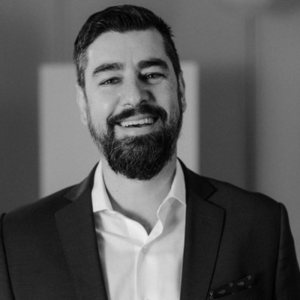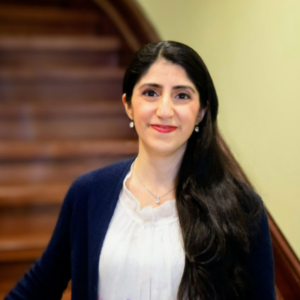The ACUE course provided several different techniques we reviewed and implemented. Of the techniques, I selected three actionable items: (1) Maximizing the use of the first 20 minutes; (2) Providing a road map for each lecture; (3) Timing active learning exercises appropriately. I selected these items, as I had identified issues such as:
- Observing that some students were drifting off in the middle of long three-hour lectures when we started to get into theory and content after the review and active learning exercises were complete.
- Using a class-sourcing review exercise at the start of class always consumed about 20–25 minutes of class time, despite only needing 5 minutes.
- There were challenges covering content and keeping students engaged. I usually had to play it by ear to an extent to see how much each class of students could manage for each week’s class. Given our three-hour nighttime class, it was challenging for students to be engaged until the end. I tried to break activities into a modular approach and give active learning exercises and reflections to support a variety of learning approaches.
Using the material from ACUE’s course, I made some modifications. I found that students needed a modular approach as well as a break or two.
Harnessing the techniques taught in this course, I worked toward using class time more effectively.
First, I moved the class-sourcing review exercise toward the last part of the class. This meant that students reviewed the lecture after it was completed individually (via summary statements) and in groups (via the class-sourcing challenges questions). The class-sourcing review exercise questions had always been at the start of the next week, but after the change, I regained that precious attention-filled time to cover theory and content.
The timing adjustment to the end of class allowed students to formulate questions they needed to ask me about the week’s topic and gave me the opportunity to resolve any questions sooner while the material was still fresh.
The modifications also allowed me to better use the valuable time at the start of class. This time was used to discuss what each of the learning outcomes were for the week, why they were important, and how they fit into the bigger picture of the course.
This was done in an engaging manner by using some thought-provoking questions, problems, or challenges. The more relevant the issues to the students, the better received and retained the content.
Using active learning at the start of class was not helping balance the students’ energy and attentional resources with which they could connect and engage. I continued to utilize multiple active learning methods, inclusive of group/pair—shares, worksheets, and exercises (among other things). I found, however, that using the method in the middle of class was more effective and well received.
For example, when I moved the social identity exercise from the start of the lecture to the second hour, I found students had more responses to share and better understood the concept. Instead, I posed the question that started the activity off at the beginning of class, and after we had discussed about 50% of the content and they returned from a five-minute break, we then engaged in the exercise. I could see that it was easier for the students to get to the activity and complete the associated worksheet on social identity than it had been in past terms when we just jumped into content.






